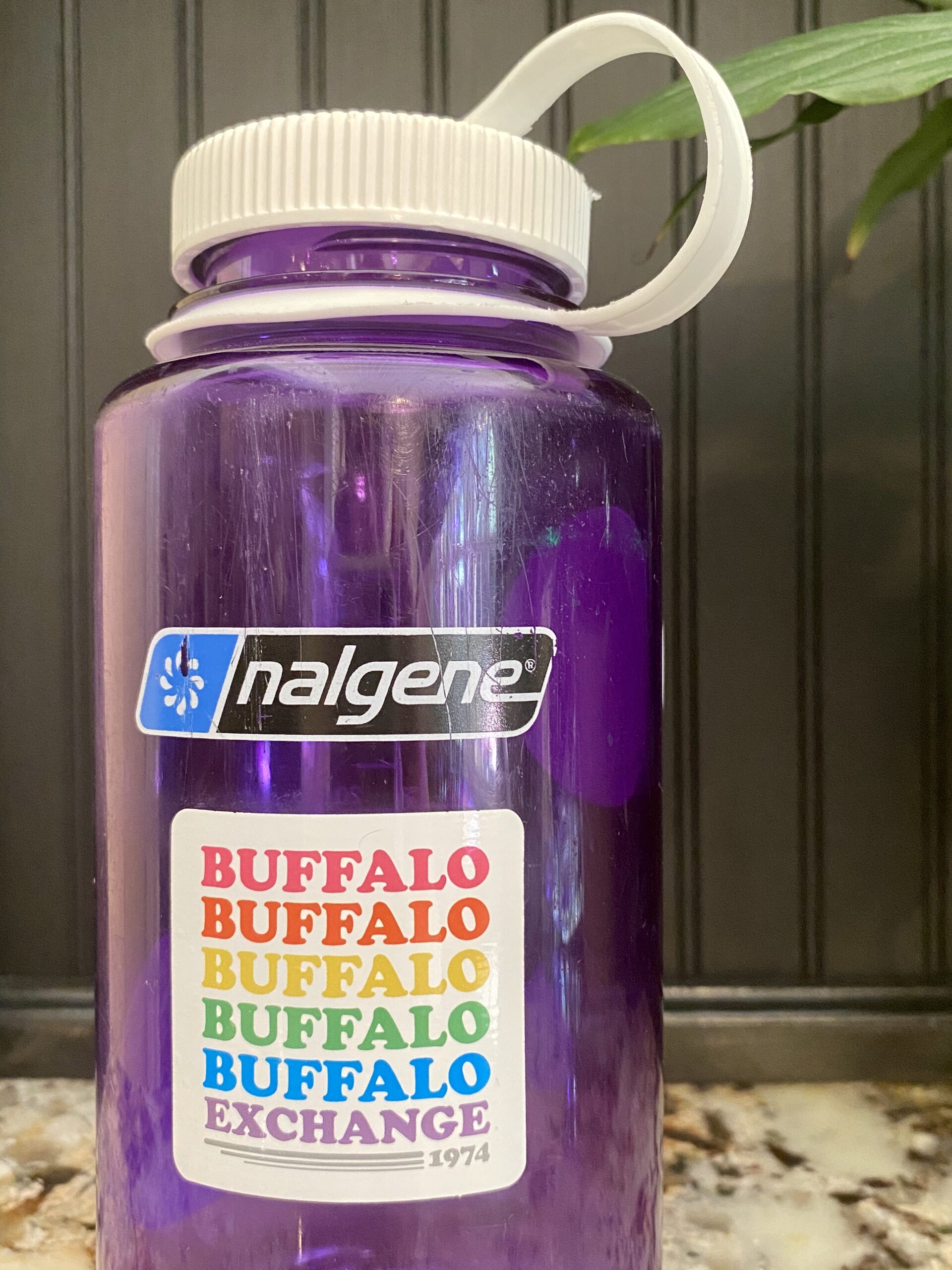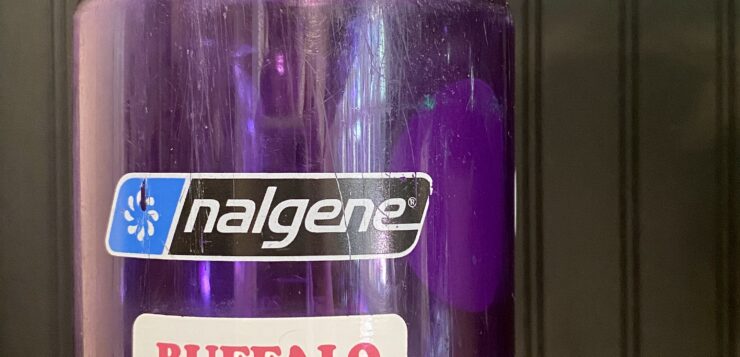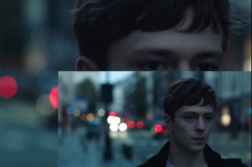 June 2019. Pride month. In Dallas, it wasn’t rare to spot rainbows anymore: in restaurants, storefronts, and many businesses. I remember my friend’s and my excitement over small free stickers at Buffalo Exchange: “Buffalo” repeated six times, each a different color of the rainbow. In fact, those colorful stripes inspired my Junior research paper about the history of the ubiquitous symbol. As I researched the homophiles of the ’50s to gay rights today and interviewed experts on the subject, I noticed a term that kept popping up: rainbow washing. The rainbow flag has come to dominate our understanding of the visuality around gay rights, for better and for worse. Those that argue for worse cite the superficiality of corporations plastering Rainbows for cultural capital. While companies advertise their “inclusivity” during Pride Month, have they put in place policies that ensure employees are not discriminated against during the other eleven months? We must continue to ask these questions, however, the benefits of “rainbow washing” ultimately outweigh its drawbacks.
June 2019. Pride month. In Dallas, it wasn’t rare to spot rainbows anymore: in restaurants, storefronts, and many businesses. I remember my friend’s and my excitement over small free stickers at Buffalo Exchange: “Buffalo” repeated six times, each a different color of the rainbow. In fact, those colorful stripes inspired my Junior research paper about the history of the ubiquitous symbol. As I researched the homophiles of the ’50s to gay rights today and interviewed experts on the subject, I noticed a term that kept popping up: rainbow washing. The rainbow flag has come to dominate our understanding of the visuality around gay rights, for better and for worse. Those that argue for worse cite the superficiality of corporations plastering Rainbows for cultural capital. While companies advertise their “inclusivity” during Pride Month, have they put in place policies that ensure employees are not discriminated against during the other eleven months? We must continue to ask these questions, however, the benefits of “rainbow washing” ultimately outweigh its drawbacks.
We must acknowledge the gay rights activists of the ’60s and ’70s that spoke out in an extremely hostile environment. Would those brave activists approve of the flag’s use today as a capitalist tool? Was the Stonewall uprising for a Lettuce Guacamole Bacon and Tomato sandwich? Many of those brave activists were also anti-establishment and fought not only for gay rights but an end to heteronormativity, the patriarchy, capitalism. But today, since we have yet to dismantle a thriving capitalistic society and probably will not in the near future, I would argue that corporate and political support is the next best thing. Queer people today still live day to day in fear of social backlash or violence because of their identities. Queerness is still stigmatized within many populations and if an overload of LGBT symbols is how we achieve positivity and acceptance— I am all for it. Those pioneering activists may not have fought for the rainbow to be the background for corporate logos, but they fought for the climate that allows the celebration of queerness.
Even if insincere band-wagoning of LGBT rights sometimes comes before the genuine support, it unintentionally has a larger positive impact. Politicians and corporations undoubtedly hold considerable influence in all aspects of life in the United States. Politicians have started selling pride theme merchandise, a fairly new phenomenon in American politics. Through rainbow merchandise, esteemed public figures and organizations’ increased mainstream visibility and support for the LGBT community. Furthermore, the sales of these rainbow products aren’t just lining pockets; they’re continuing to convince both corporations and politicians that LGBT people are important, which highlights and advances policies related to LGBT issues. In addition, not all of these marketing campaigns are purely superficial: in 2019, in a study, 64 percent of companies donated some portion of their proceeds to charitable LGBT organizations, such as the Trevor Project and Human Rights Campaign, according to a report by marketing consultant Abby Chinery. Big brands like Nordstrom, Ikea, Levi’s, among others, donated 100 percent of their proceeds from their pride collections to various LGBT advocacy organizations, thus making a difference both socially and financially.
While the LGBT community still experiences discrimination at work, school, and even within their own families, businesses also send messages of allyship and acceptance to their heterosexual and cisgender consumers. In fact, I believe that the larger impact lies in the forgotten audience of rainbow campaigns: those who are against the LGBT community. Pride Month is the perfect opportunity to remind those people as they shop for groceries at Target that queerness should be accepted; even our telephone company supports the LGBT community!
I will never forget my horror when my family members told me not to hang out with my openly gay friend because queer people are “abnormal.” We currently live in a world where as a result of family rejection, discrimination, a host of other factors, LGBT youth have 2.2 times the risk of reporting homelessness when compared to their heterosexual and cisgender peers, and in some areas, LGBT youth can make up to forty percent of homeless youth. As a teenager, I am very familiar with that complete lack of acceptance within my own family. At the end of the day, if a Lettuce Guacamole Bacon Tomato sandwich saves one life or causes another family to be more accepting, the ubiquity of the rainbow has been for the better. It’s time to use corporate greed to our advantage. Let’s continue to plant rainbow seeds of acceptance in a homophobic world.
Kylee Hong is a senior at the Hockaday School in Dallas, Texas. She has an interest in queer art and design and social justice.






